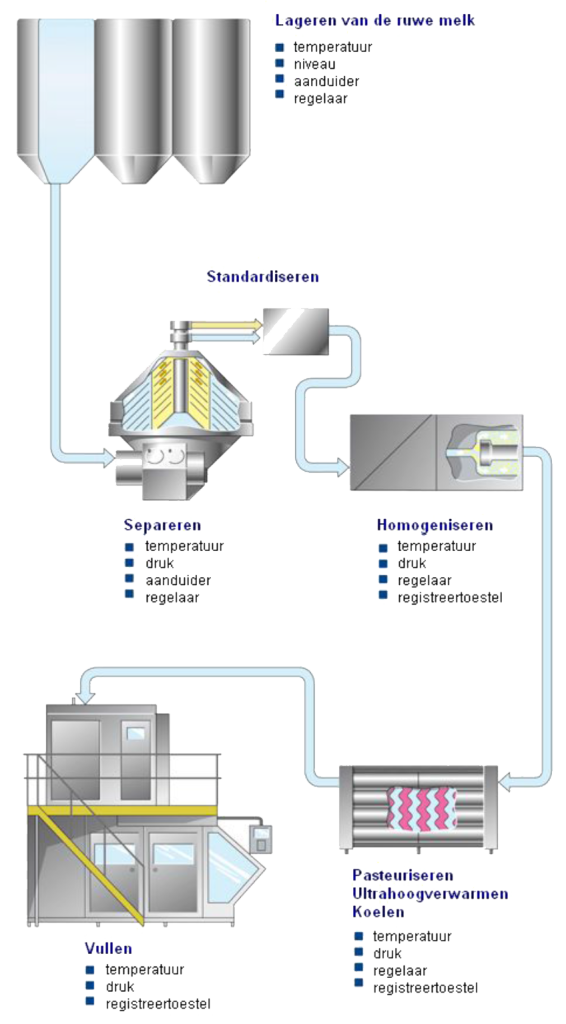Quality Control and Laboratory: Gaika maintains rigorous quality control measures to ensure the safety and quality of their products. Dedicated laboratories within their facilities conduct regular tests and analysis on milk samples at various stages of production to check for contaminants composition, and adherence to regulatory standards.
Utilities and Support Facilities: Supporting infrastructure at Gaika’s milk production facilities includes water treatment plants, boilers, chillers and power generators to provide essential services. Additionally, maintenance workshops, employee facilities (cafeterias, restrooms, etc.), administrative offices and staff accommodation may be present on-site.
Waste Management: Gaika implements effective waste management systems to handle by-products like whey. Waste treatment facilities, such as anaerobic digesters or composting systems may be in place to process organic waste and minimize environmental impact.





